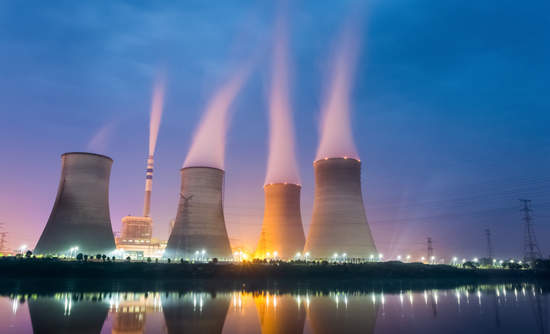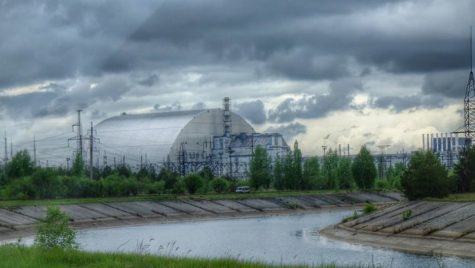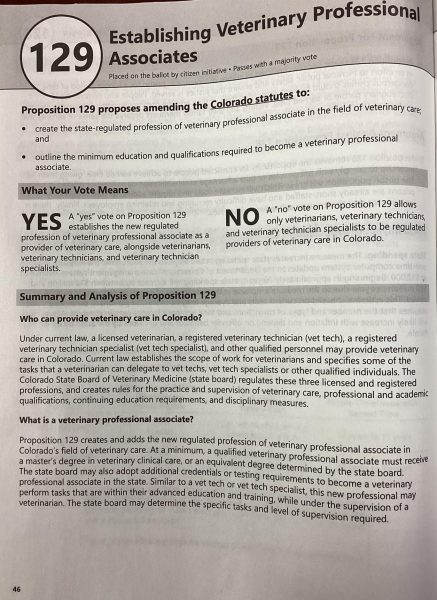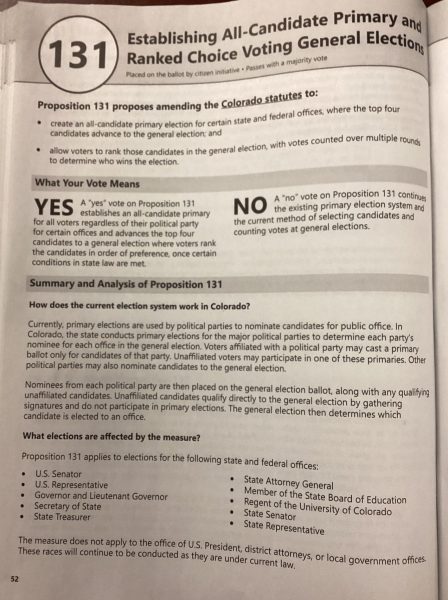Student Opinion: Nuclear Power Is Still Necessary

Image via Shutterstock/Chuyuss
A power plant situated along the Hudson River.
In the 1760s, Britain changed the course of history by kicking off the industrial revolution. Quality of life increased substantially, and Britain mechanized the production of many goods, sending profits skyrocketing.
Much of the technology that started this process relied on coal, and as time went on, other fossil fuels joined it as sources of power, emitting vast amounts of carbon other greenhouse gasses into the atmosphere.
Fast forward to today. Global temperatures have already risen as much as 2°F in the last century, and future projections vary from 2.5 to 10°F in the next century. Ocean temperatures are rising as a result, destroying habitats and sending ecosystems into chaos.
Water levels are rising due to the melting of ice in the arctic, and extreme heat is expected to hit the Midwest United States. Yet most of the energy in the United States still comes from fossil fuels.
Enter nuclear fission of uranium-235, which is millions of times more energy dense than any other source of power. Unlike fossil fuels, nuclear fission releases no carbon into the atmosphere. Yet the United States is reducing the use of this technology. It is imperative for the future of the planet that, in combination with renewable resources, nuclear power is a part of the energy budget of the United States.
Here’s a little history.
Based in the United Kingdom, the World Nuclear Association organizes, regulates, and backs the member corporations of the nuclear industry. According to the World Nuclear Association, humanity’s understanding of nuclear fission began in 1789, when Martin Klaproth discovered uranium. In 1895, scientist Francis Perrin posited that a mass of uranium can be set off by a chain reaction of nuclear fission, putting out energy.
Perrin’s experiments were facilitated through neutron absorption, and this control was the premise for future nuclear reactors. World War II began that year. The MAUD Committee, a British group of scientists, produced two reports on nuclear fission in 1941, one about “Uranium for a Bomb,” the other about “Uranium as a Source of Power.” The bomb paper expressed fear of the Nazis creating nuclear weapons. Thus, extensive effort was put into the creation of a bomb in Britain for the rest of the war, and the United States followed.
The Manhattan Project, a group of scientists in the United States, detonated the first atomic bomb in 1945. Fat Man and Little Boy were dropped on Japan that August. Building bombs taught the scientific community a lot about nuclear fission, and the close of World War II made civic use of this newfound power appealing.

Fat Man detonates over Nagasaki, Japan, August 9, 1945.
Some denounce nuclear fission power as unsafe and harmful to the environment. There is an inherent risk of the reactor core overheating, and critics of nuclear power consider this risk inexcusable. In the event of a meltdown, nuclear material could spread across miles of the surrounding environment. In 2015, ten U.S. reactors have reported “near misses,” according to the Union of Concerned Scientists. When accidents happen, the financial cost can be enormous. Major nuclear accidents, such as those in Fukushima and Chernobyl, cost billions of dollars to clean up and have made land unusable for generations.
However, we live in a world where every action has risk and energy production is no exception.
Every power source has claimed lives. Surprisingly, compared to any other power source (including coal, gas, hydroelectric power, wind, and solar power) producing electricity from nuclear fission kills the least number of people, on average.
When each power source is ranked in death rate relative to the whole production cycle (including mining, construction, disposal and demolition), or projected death due to climate change (which is anyone’s guess, to be sure) nuclear may still be the safest. Readers may be confused or apprehensive about this information. Why do people fear nuclear power so much?
Level six or higher meltdowns of nuclear reactors, while exceedingly rare (having occurred three times in history) are explosive, expensive events, wherein hazardous material largely invisible to the naked eye spreads throughout the surrounding areas. These tragedies can make a good story. Media portrayal of nuclear power plays on these outcomes, and public perception of nuclear power plummets. Accounting for deaths caused by each power source is useful in putting the lie to the mythos of nuclear power as untenably dangerous to human life, but what about financial and environmental cost?

Chernobyl Nuclear Power Plant featuring a new safety confinement containment building in May 2017.
There’s something I haven’t told you yet. Nuclear power plants cost a lot of money. This is a well-known fact, and it may be nuclear power’s one big limiting factor in today’s economy, where up-front cost and benefit rule.
The median cost of nuclear power per kilowatt hour is $4300, more than twice that of either coal or gas power. About three-quarters of that cost is found in building and financing plants, which are initially estimated at billions of dollars, and nearly always overrun in cost due to delays.
In the United States, far more nuclear power plants are expected to close in the next thirty years than open due to many reaching their end-of-life condition. As time goes on, it is very likely the U.S. will depend less and less on nuclear power, and renewables will (hopefully) have an increased role.
At the same time, the United States Energy Information Administration projects natural gas to become a more dominant source of power. All of this makes nuclear power sound like a has-been, in the United States at least. Those against building new nuclear plants point to the decreasing costs of renewables and increasing cleanliness of natural gas as reasons why the costs of even existing nuclear power plants will eventually outweigh any benefits.
Cheaper renewables are certainly a step in the right direction, but without new technology, a power grid cannot rely solely on these transient power sources. All renewable power sources rely on energy fluxes found in the environment. These energy fluxes vary from moment-to-moment, day-to-day, and season-to-season.
The sun only shines during the daytime, and winds are infamous for changing direction and speed constantly. Without a way of storing vast amounts of the energy gathered from these sources, grid stability cannot be ensured.
Humanity has the technology to store electricity, to be certain: just take your laptop’s lithium-ion battery as an example. Yet if we were to hook up lots of huge lithium-ion batteries to the grid to solve these fluctuations, it would cost $2.5 trillion dollars, according to an MIT Technology Review.
Without a massive breakthrough vastly lowering the financial (and environmental) costs of large-scale energy storage, renewable power cannot become the sole source of electricity in the United States. Fossil fuels can always provide electrical grid stability due to a constant supply of energy being put into the system.
Yet the energy comes in the form of fossil fuels, which will eventually run out and release abundant amounts of carbon into the atmosphere. Modern natural gas plants produce less carbon, but still contribute to the global warming the world needs to avoid to prevent environmental catastrophe. Therefore, nuclear power is still important: as an energy-dense fuel-based source, nuclear power can always provide grid stability, like fossil fuels.
Unlike fossil fuels, however, humanity has over 2,000 years’ worth of uranium to be powered on with greenhouse gas emissions comparable to renewable sources. By mixing renewable sources with nuclear, carbon emissions could be cut drastically by 2050.

Our readers as voters, and our students as future engineers and policy-makers, will be making key decisions for how humanity gets its power for the next century. The environment is changing fast, and according to some estimates, to avoid widespread mass-extinction events that would certainly have adverse effects on human beings, carbon emissions need to be cut in half in ten years and essentially eliminated by 2075.
In a sense, the students of today will determine the course of human civilization and the earth’s climate, as we can make the change necessary to remove carbon emissions and ensure resource stability for upwards of thousands of years. After reviewing dozens of sources over the course of many hours, I have come to the individual conclusion that, without any major technological change in the energy sector over the course of my career, opening more nuclear plants in combination with renewable sources is the best way to begin making this change.
Yet there are so many promising technologies that each might become a world-changing force. These include ever-more powerful and affordable battery technology, nuclear fusion, fast breeding nuclear reactor technology (which would enable the use of thorium and uranium-238 to create fissile isotopes of plutonium), and new solar technology using perovskite minerals, “offering potentials for panels to capture energy virtually any surface facing the sun,” just to name a few. While electricity generation is far from the only source of carbon emissions, embracing and utilizing whatever carbon-eliminating energy production technologies come our way is a requirement.
If we give it a chance, nuclear power can be part of the answer to the problem of carbon emissions, in combination with renewable sources. The nuclear fear that arises from the misunderstanding of the actual risks of nuclear fission has led to a reduction of use of the source, when this is not the answer. Waiting for a given technology to mature before making the leap to a carbon-free future makes no sense. By planning with what we have, we can make the change we want to see in the next twenty, fifty, and one-hundred years.







David Norriss • Dec 19, 2019 at 9:51 am
I like how you explained that nuclear power can provide grid stability because it is an energy-dense fuel-based source. I think that we as a planet need to put our focus towards other forms of power to keep our energy grids stable. In my opinion, we are just using our current fuel resources that emit way too much carbon into the air without really thinking about what will happen once we run out. Thank you for helping people see the benefits of using nuclear-based power instead of fossil fuels.
http://mcpriceandassociates.com/scope-of-services.html